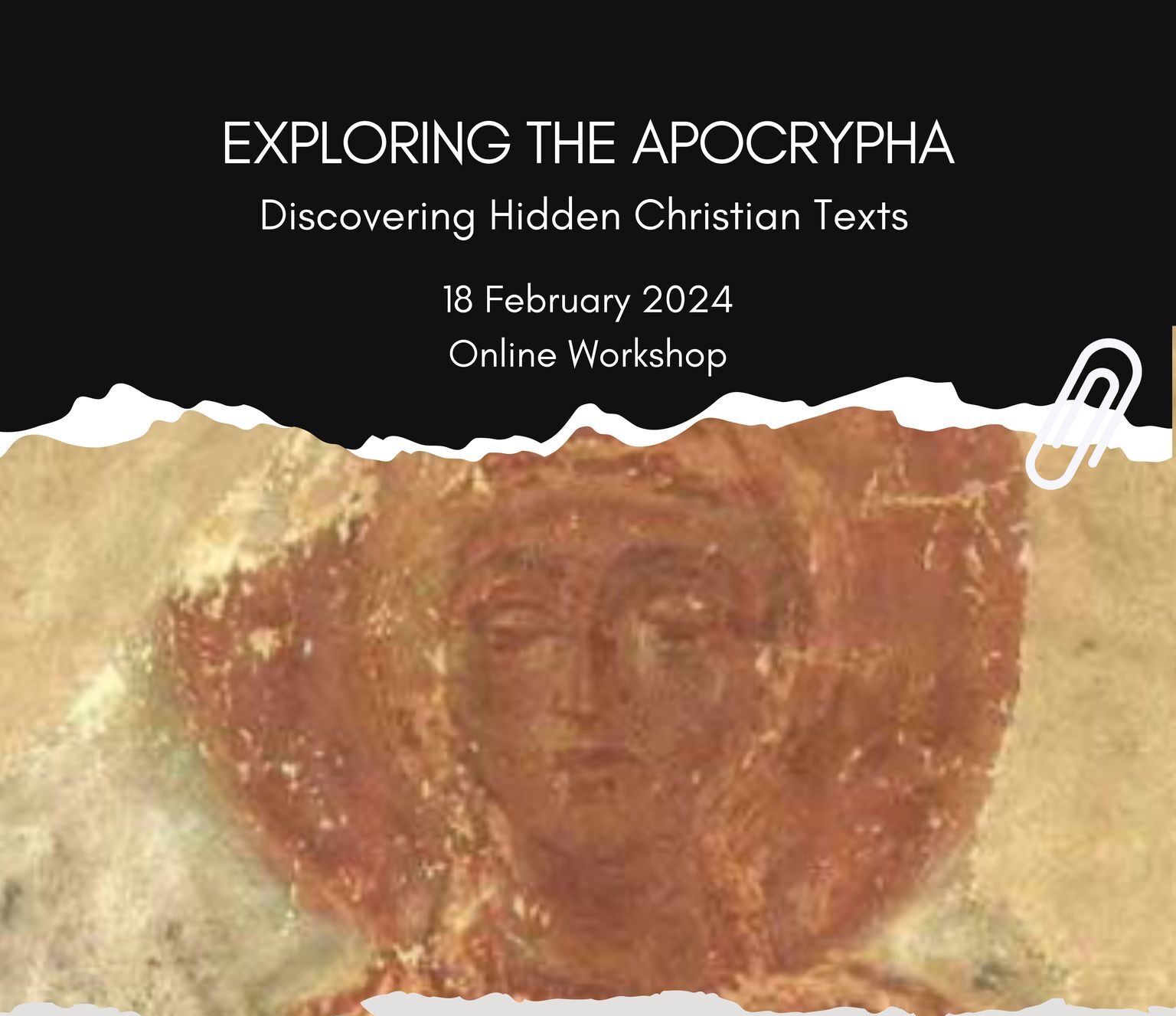What texts look like the Bible but aren’t? Which books were excluded from the scriptural canon and why? In this one-day course we will explore the Christian texts you have never heard of – an imaginative body of literature known as ‘the apocrypha’ (from Greek ‘hidden things’). The apocrypha include books that almost made it into the Bible but didn’t, and those that were once included and rejected at a later stage.
In this course we will discover biblically adjacent texts that present themselves as scriptural revelation by named biblical authors but which are not accepted as such (the pseudepigrapha ‘spuriously attributed writings’), books accepted by some traditions but not others (deuterocanonical books), and works that provide supplementary background information, alternative versions of events, or which expand on biblical narratives, episodes, and figures (apocrypha in the broadest sense). Through a series of mini-lectures, activities, and group discussions, this one-day programme will grapple with the historical, theological, and cultural significances of a wide body of Jewish and Christian writings that fall outside the Bible.
In this course you will be introduced to a variety of quasi-biblical texts produced from the third century BCE (BC) to the sixth century CE (AD) and which continued to be read throughout Late Antiquity, the Middle Ages, and beyond. These Bible-like tales concern characters such as Adam and Eve, Moses, the Virgin Mary, Judas, and Mary Magdalene and provide valuable insights into how the Bible was consumed and appropriated across the ancient Near East and Mediterranean cultural zones.
This course is open to people of all backgrounds with an interest in biblical and apocryphal literature. No academic qualifications are required to participate in this course – our focus is scholarly but accessible. All texts will be provided and read in English translation. Some light preparation will be required in advance of the programme.











